Disclaimer: While the information provided here is legal in nature, it is not to be construed as legal advice and is for educational purposes only.
While federal courts have often done their best to clear things up where the Second Amendment is concerned, the Supreme Court has had to make some big calls to settle some debates.
Some of their rulings have had a massive impact on gun ownership and usage in America, but four have been the most significant gun-related rulings to come down from on high in the last 20 years and have changed life for gun owners.
So let’s take a look at these cases and dive deeper into what made them unique and how their rulings impacted you.
Table of Contents
Loading…
DC v. Heller (2008)
Perhaps the single most important Second Amendment ruling by the US Supreme Court is District of Columbia v. Heller (Heller, for short). Multiple high-profile cases have followed, mostly since 2020, but without Heller, those cases might never have made it to Washington.
The Facts
In 2003, Dick Heller sued the District of Columbia over the Firearms Control Regulations Act (1975).
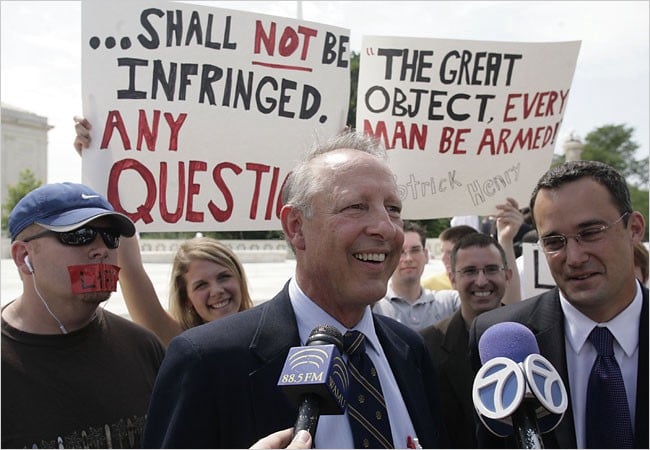
The law severely restricted private gun ownership and use thanks to three provisions that:
- Banned ownership of unregistered firearms
- Banned the registration of newly acquired firearms (except for police officers and for guns owned before 1976)
- Required all legally owned firearms to be kept unloaded AND disassembled or “bound by a trigger lock or similar device” even in the owner’s home.
Heller, a police officer and Army veteran, had applied for a license to own a firearm but was denied.
The Case
Originally, the federal district court sided with the government (a common occurrence) and dismissed his case, saying he had no standing (legal justification to sue).
Heller appealed to the DC Circuit Court of Appeals, which said he did have standing and struck down the first and third provisions and limited the handgun registration requirement.
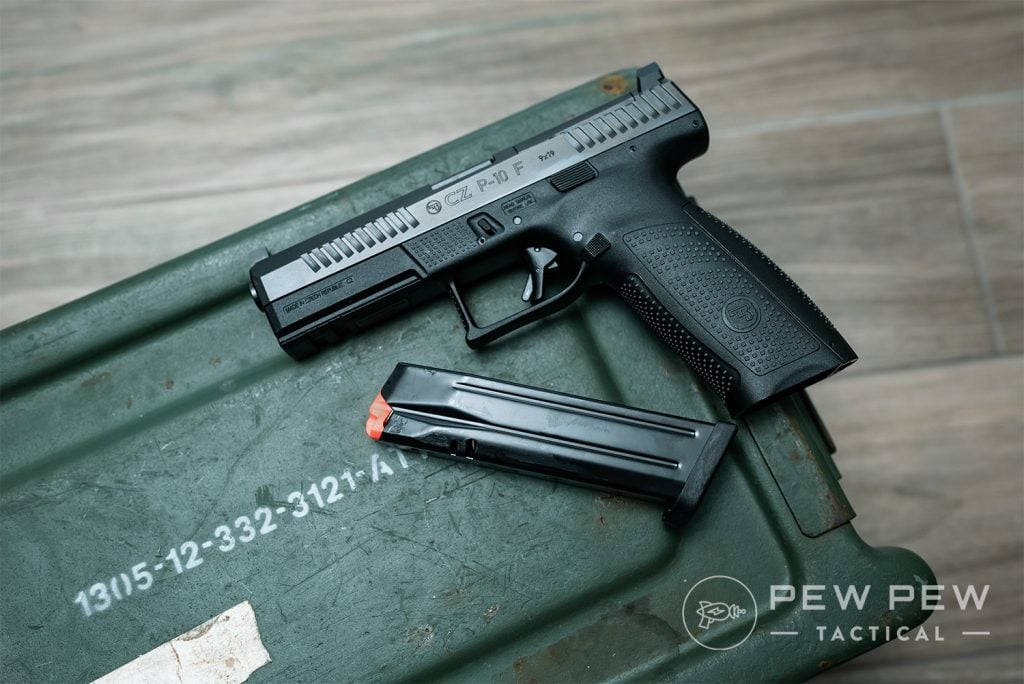
The government appealed the DC Circuit’s decision, and the Supreme Court accepted the case. The justices sided with Heller and upheld the lower court’s ruling in a close 5-4 decision.
Impact
In June 2008, the Supreme Court upheld the lower court’s decision in a 5-4 decision, clearly stating that the Second Amendment is an individual right, not a collective one. The Court said that private ownership of firearms is not limited to militia service but that anyone can own and use a firearm for traditional uses, including self-defense. In summary, the Court:
- Struck down broad gun bans
- Clarified that the Second Amendment applies to individual citizens regardless of their service in the militia (or lack thereof)
- Ruled that individuals have the right to use their gun(s) for traditionally lawful purposes (like self-defense)
- Ruled that handguns are protected by the Second Amendment, thanks to being today’s primary weapon of choice for self-defense
- Ruled that a “well-regulated Militia” is not a state’s military forces (like the National Guard)
- Recognized “reasonable limits” to the Second Amendment (such as certain limits on possession, carry in schools or government buildings, and “dangerous and unusual” weapons)
- Originally only spoke to federal jurisdictions (i.e., DC), not the states.
While the Heller decision didn’t clear the waters on everything, it did change the entire legal discussion surrounding gun ownership and the Second Amendment, opening the door for multiple cases to follow.
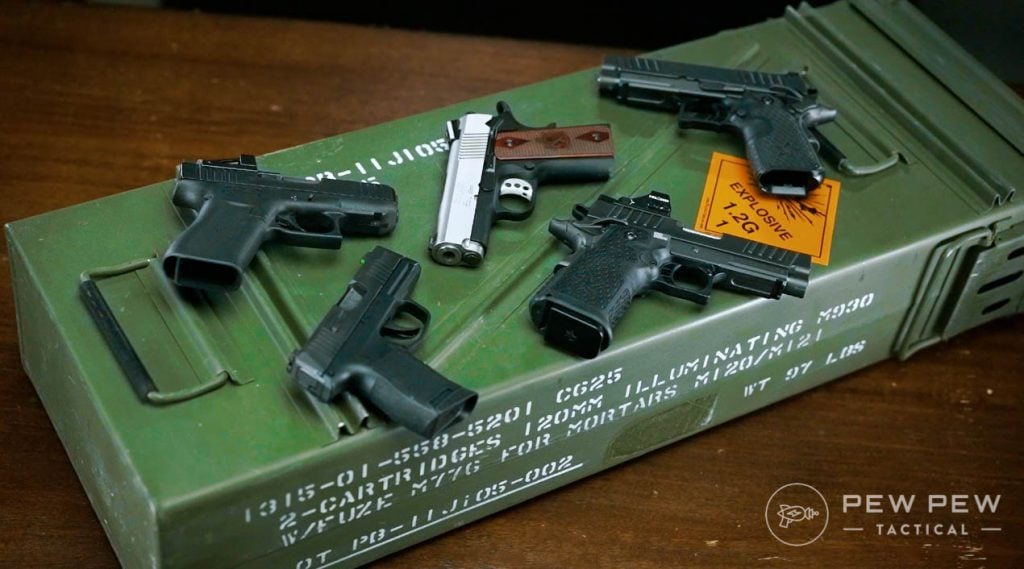
The 2010 case McDonald v. Chicago clarified that the legal findings in Heller applied to the states as well as federal jurisdictions while overturning two Court rulings from the late 1800s (US v. Cruikshank and Presser v. Illinois) that let states determine whether or not to protect First and Second Amendment rights. (These cases allowed states to create laws that would disproportionately affect certain US citizens, such as freed slaves.)
In 2016, the Supreme Court fortified and built on Heller and McDonald in a stun gun case, known as Caetano v. Massachusetts. This case clarified that “bearable arms” are protected by the Second Amendment even if those weapons didn’t exist during the Founding Era.
NYSRPA v. Bruen (2022)
While Heller loaded the bases, New York State Rifle & Pistol Association v. Bruen (Bruen) hit the grand slam.
Not only was Bruen a win for concealed carry, but it also massively changed legal standards for gun laws.
The Facts
Following the horrific Uvalde, Texas, school shooting, New York created a special legislative session to pass reactionary gun control laws. Among these was a law that banned unlicensed concealed carry outside of the home.

To complicate matters, New York instituted a statewide “may issue” policy that required gun owners to prove that they had “proper cause” to own a firearm and, thus, be eligible for a carry permit.
To qualify for proper cause, a permit applicant had to prove a “special need for self-protection” above and beyond a general desire for self-defense.
The Case
New York gun owners who had been denied a permit and the New York State Rifle and Pistol Association (NYSRPA) sued the state. The federal district court sided with New York and dismissed the case. The Second Circuit Court of Appeals did likewise, and the plaintiffs appealed to the Supreme Court, which agreed to hear the case.
In June 2022, the Supreme Court overturned both dismissals and issued a 6-3 decision against New York. The Court found that New York’s permitting system violated the Fourteenth Amendment’s guarantee of constitutional rights to all Americans, including Second Amendment rights.
The Court also called out California, Hawaii, Maryland, Massachusetts, and New Jersey, and required all states to issue carry permits if the applicant isn’t already prohibited from owning a gun. In summary, the Court:
- Required every state to issue concealed carry permits to every eligible applicant
- Clarified that “when the Second Amendment’s plain text covers an individual’s conduct, the Constitution presumptively protects that conduct”
- Dramatically remade the evaluation process for all US gun laws and regulations, putting the burden of proof on the government to show that the law or regulation in question “is consistent with this Nation’s historical tradition of firearm regulation”
Impact
Despite the major win for concealed carry rights, the Bruen decision’s biggest achievement is turning the entire gun control debate on its head. The ins and outs of the Court’s ruling are best left to the lawyers, but in short, the Court said that all American gun laws must align with the spirit of gun laws from the Founding Era.
This new standard, known as the Bruen test, means that all federal courts must judge the constitutionality of gun laws by this standard. If there is no reasonably similar law from the Founding Era (a.k.a., a historical analog), then the law in question is unconstitutional.
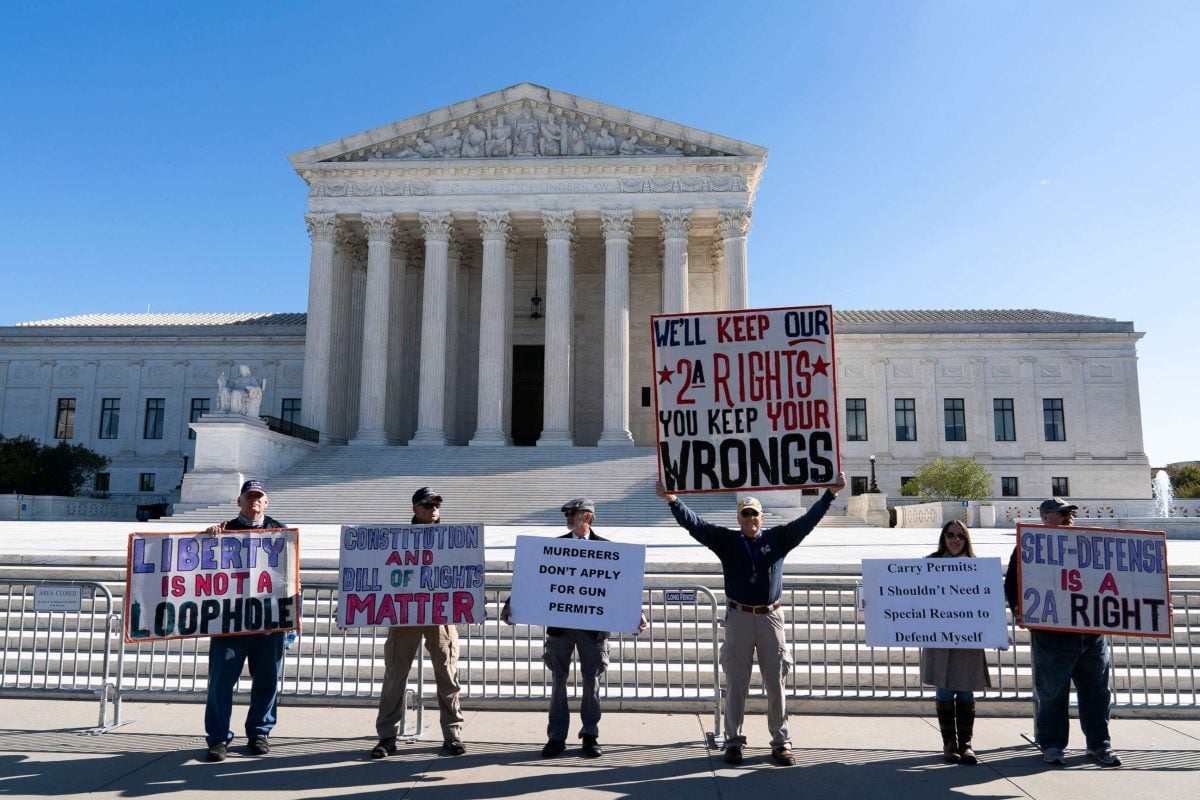
The Bruen test builds on Heller (and McDonald) and has opened the door to many new lawsuits, such as Garland v. Cargill (bump stock legality), National Association for Gun Rights v. Garland (forced reset trigger legality), and Bondi v. Vanderstok (legality of regulations on unfinished frames and receivers).
While the courts will still get it wrong from time to time, Bruen has opened the door for legal challenges to all kinds of laws and regulations that, beforehand, were virtually untouchable.
Finally, the Bruen test has shifted the burden of proof away from individuals and onto the government. You should no longer have to prove to the government why you have a right to own a gun, although many state governments still attempt to get around this ruling.
US v. Rahimi (2024)
Most court cases are open and shut, becoming footnotes in niche sections of legal history. Supreme Court cases rarely reach such depths of obscurity, and US v. Rahimi (Rahimi) arguably should’ve been such a case.
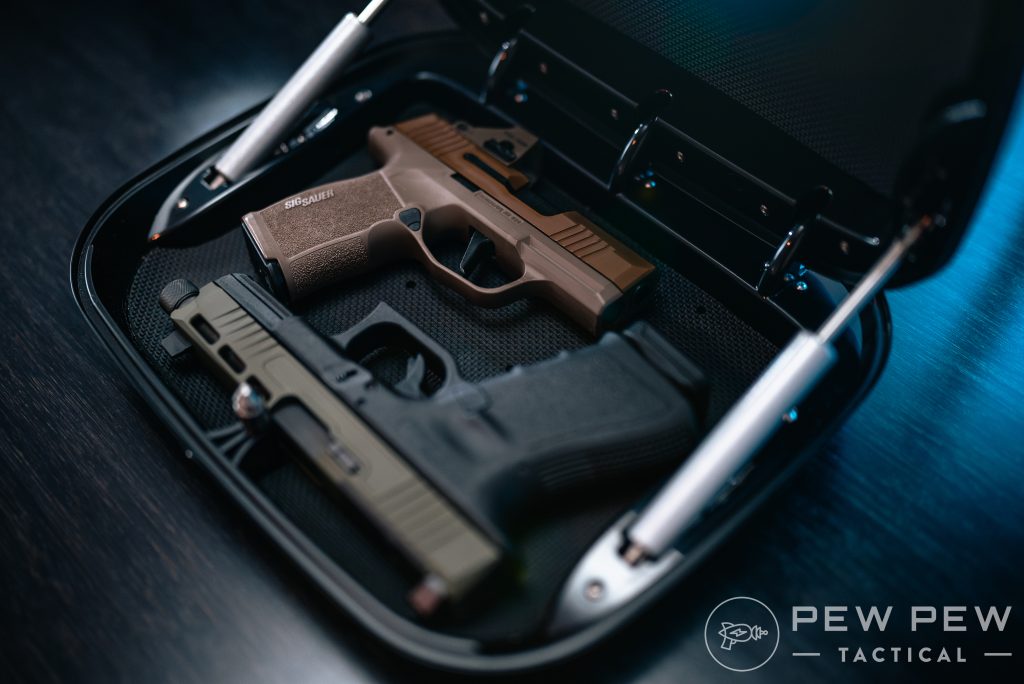
Unfortunately, the Supreme Court managed to leave the door open for some bad actors to start harassing gun owners again in certain parts of the country.
The Facts
In December 2019, a Texas man named Zackey Rahimi committed acts of violence against his girlfriend, the mother of his child. The attack was witnessed by a bystander, and Rahimi pulled out a gun and fired at the witness.
Afterward, Rahimi’s girlfriend got a domestic violence restraining order against him, and his gun rights were temporarily suspended. Rahimi was later caught in possession of a handgun while under the restraining order and was indicted under federal law.
The Case
Rahimi sued the government, saying that he had been denied his Second Amendment rights. The district court rejected his argument, and Rahimi pleaded guilty. He then appealed the decision and lost.
He asked the 5th Circuit to hear his case again, and while he waited, the Supreme Court issued the Bruen decision. On Rahimi’s second appeal (accepted after Bruen), the 5th Circuit ruled in his favor, and the government appealed to the Supreme Court.
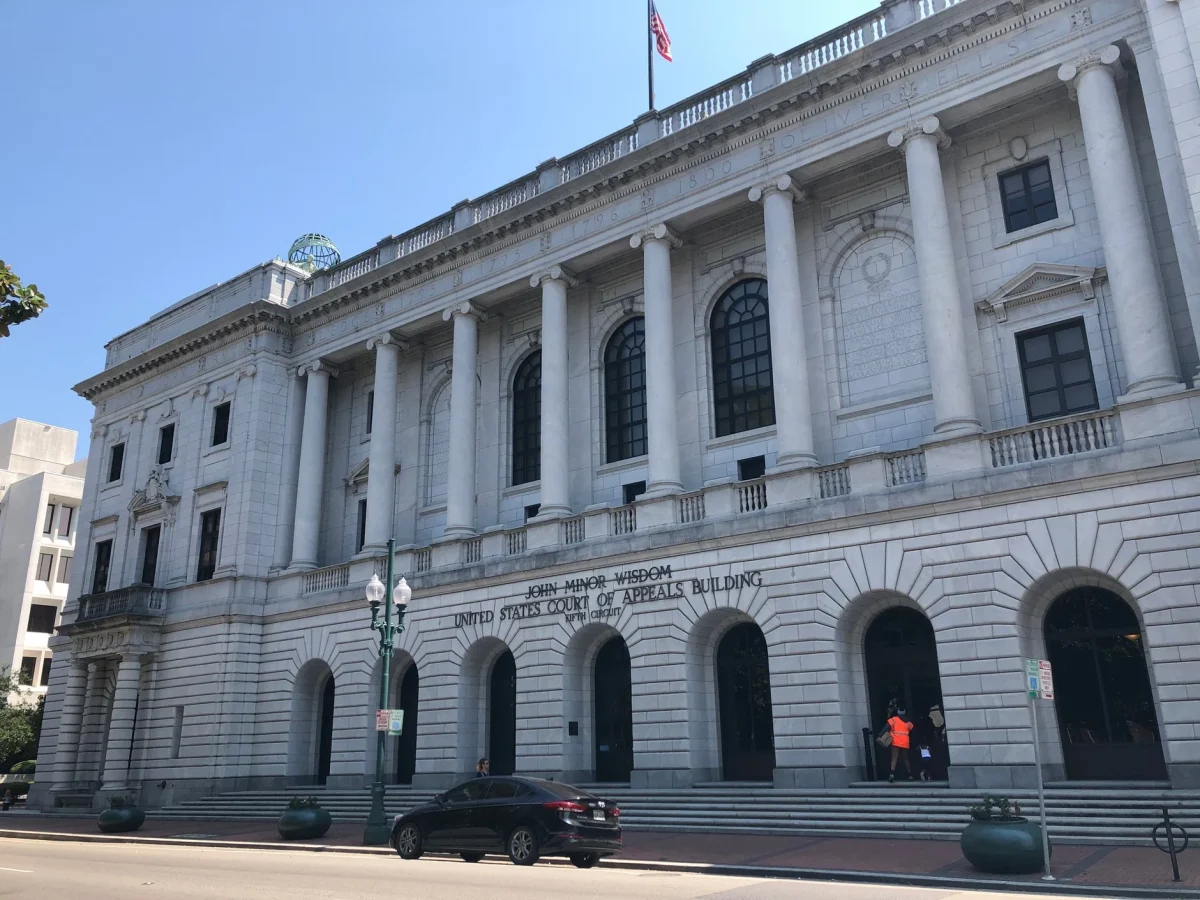
The Supreme Court accepted the case and ruled 8-1 against Rahimi, saying that anyone who poses a credible physical threat with a firearm to themselves or others could have their access to firearms denied while a restraining order is in effect.
The Court said that this is in line with America’s longstanding tradition of firearm regulations and is not inconsistent with the Second Amendment.
Impact
Many may agree with the Court’s ruling in light of Rahimi’s poor character as evidenced by his conviction. The problem with Rahimi, though, is the deeper issue.
Pro-gun lawyers and advocacy groups have pointed out that Rahimi opens the door to temporary disarmament without actual evidence that someone constitutes a threat.
While this concern should be limited to the criminal element, the Court’s ruling does introduce legal justification for disarming American citizens in certain situations.
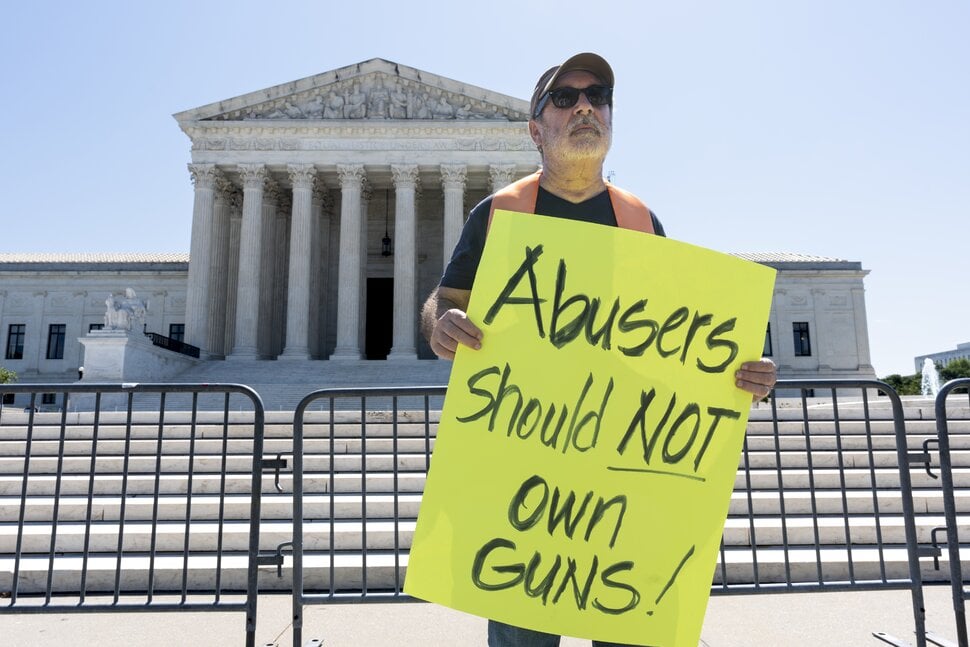
The bigger concern, however, is the imprecise language the Court used in its final decision. The Court made a concerted effort to preserve the government’s legitimate rights to regulate weapons in reasonable situations, such as Rahimi’s.
Unfortunately, the justices failed to set clear limits describing just how far gun restrictions are allowed to go without becoming unconstitutional. In other words, the Court drew clear boundaries for one team while failing to remind the other team of their pre-established boundaries.
It seems likely the Court expects federal judges to act in accordance with the clear text and intent of the Second Amendment. As seen in the recent case of Cooper v. Attorney General, dishonest and partisan lawyers, judges, and courts likely will start using the Court’s language in Rahimi to justify dubious gun laws and regulations.
Until another case gives the Court an opportunity to clarify this ruling, Rahimi could turn out to be a thorn in the side of many gun owners living in anti-gun jurisdictions.
Loper Bright Enterprises v. Raimondo (2024)
No matter how much you may love the great outdoors, it’s tough to see how fishing has anything to do with guns, especially commercial fishing. Enter Loper Bright Enterprises v. Raimondo (a.k.a. Loper Bright), a case that shifted the entire balance of power within the American system of government.

What started as an argument about federal employees’ travel expenses turned into a win for gun owners everywhere.
The Facts
To set the stage, we need to go back to 1984. That year, the Supreme Court issued a ruling known as Chevron v. Natural Resources Defense Council (Chevron, for short), which created a legal practice known as “Chevron deference.”
We won’t bore you with the details, but if short, the Supreme Court decided that when Congress passed a vague law, it was up to federal agencies to figure out a “reasonable” interpretation of the law before creating rules and regulations.
Before 1984, federal courts made those interpretations, but Chevron deference meant that federal agencies, like the EPA (in this case), were effectively the new decision-makers.
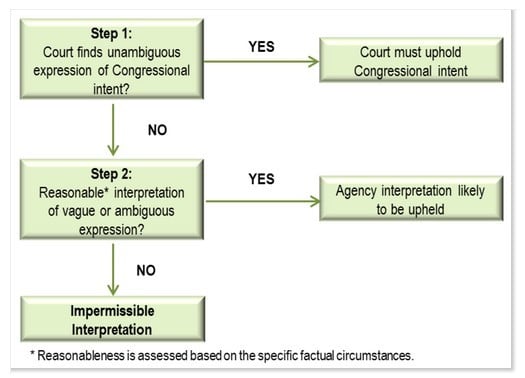
Congress got lazier and lazier, writing vague language into federal law and relying on federal agencies to essentially shape the laws into their own image.
Soon, the EPA and federal agencies (including the ATF) started creating questionable rules, knowing the courts would defer to their chosen interpretations of the law.
The Case
Loper Bright Enterprises, a commercial herring fishing company, got fed up with the National Marine Fisheries Service (NMFS) and sued the federal government.
The NMFS had been interpreting a 1976 federal law as saying that all herring fishing companies had to host mandatory federal inspectors on their boats and pay for their room and board.
Loper Bright said the NMFS had no legal right to expect them to pay for the inspectors’ stays on their boats.
The case first went to federal court in 2020, and both the district and circuit courts ruled against the fishing company. In late 2022, though, they caught a break when the Supreme Court agreed to hear their case.
The Supreme Court heard arguments in early 2024 and ruled against the government in June. Most significantly, though, the Court overturned Chevron deference in a 6-2 decision (Justice Jackson recused herself), saying it violated the Administrative Procedures Act (1946), and returned legal interpretation to the federal court system.

When the Supreme Court handed down this decision, many left-leaning pundits and politicians claimed the Court was single-handedly killing American democracy. However, the Court was simply restoring one of the judicial branch’s most significant responsibilities.
Rather than being a cold-blooded murder of the American government and freedom, this ruling was more like your son finally remembering that you gave him chores and then choosing to start taking out the trash again…after 40 years of playing video games in the basement!
Impact
When the Supreme Court overturned Chevron, it shifted ambiguous policy questions back to the court system.
While Loper Bright doesn’t directly address guns in any way, shape, or form, its primary impact on guns and gun owners is reigning in the ATF (and every other federal agency). Instead of deferring to the ATF on what Congress meant in this gun law or that one, federal courts now get to make the call.
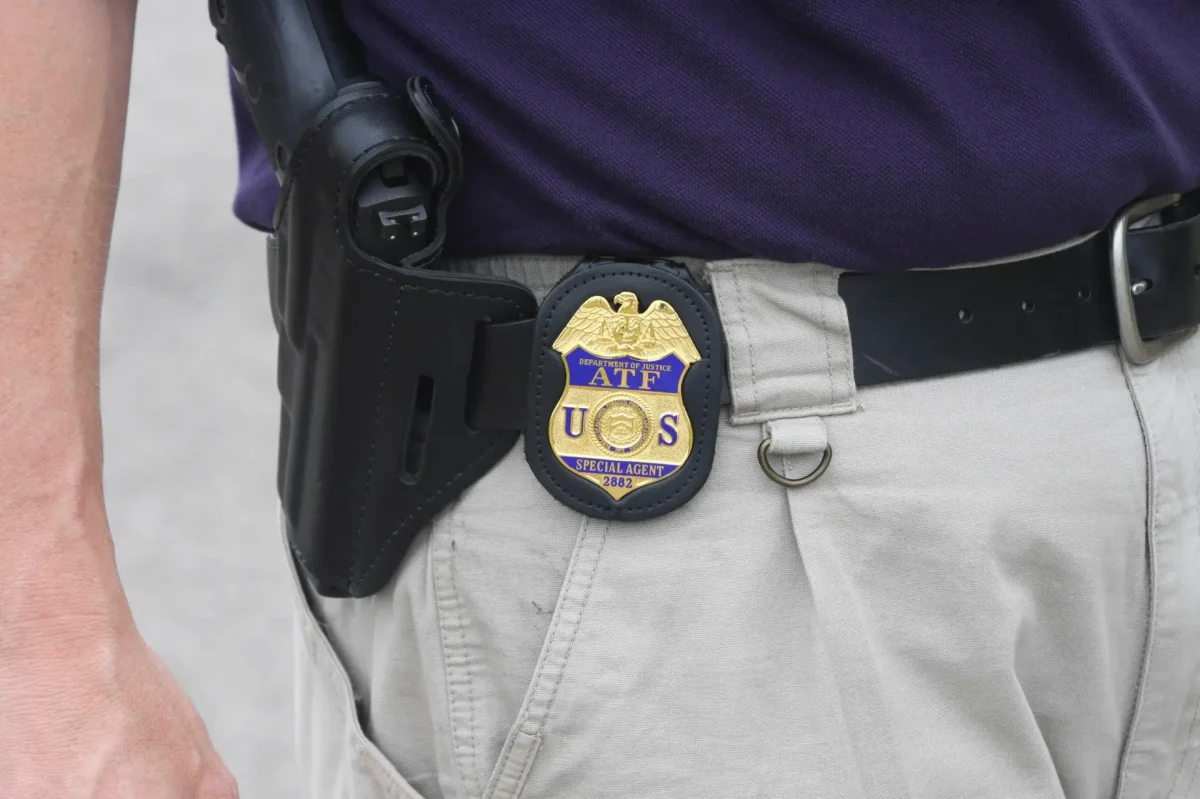
The Loper Bright decision is one of the Supreme Court’s most significant because it realigns the separation of powers with the Founders’ original intent. That said, it could become a mixed bag if poor or intellectually dishonest judges receive federal appointments. For now, though, Loper Bright is much more of a good thing than a bad thing.
US v. Miller (1939)
In 1939, the Supreme Court issued possibly the most significant Second Amendment-related decision ever in the case US v. Miller.
In short, this ruling declared the National Firearms Act (NFA) constitutional despite its ban on multiple different kinds of firearms, like short-barreled rifles (SBRs) and machine guns. The Court decided that SBRs and machine guns were not essential to a “well-regulated Militia,” so no one really needed one or had the right to one.
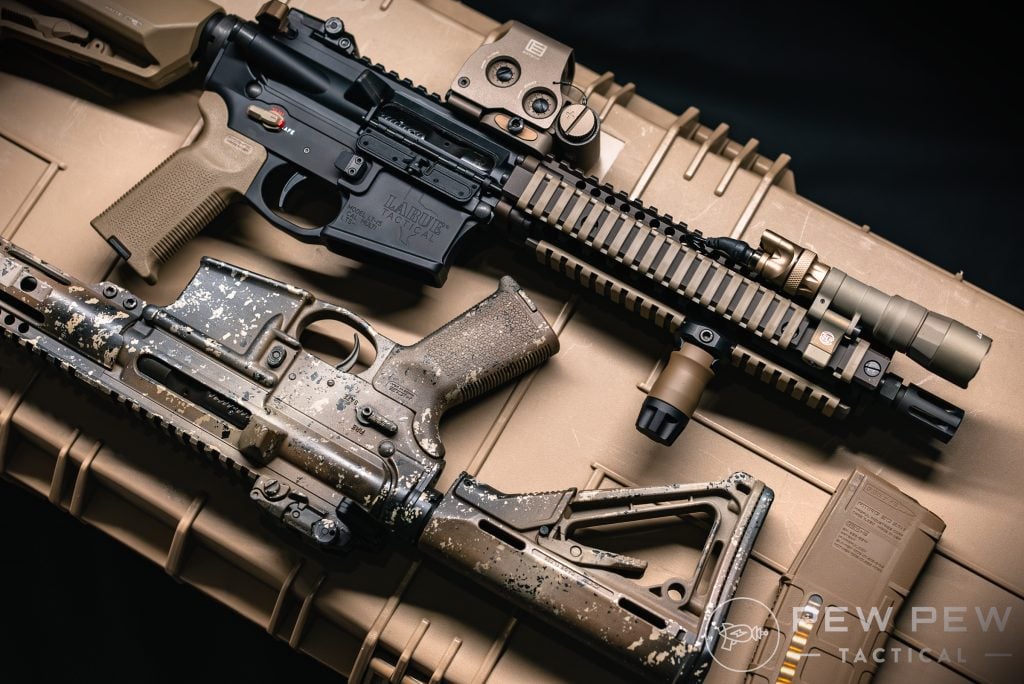
To add insult to injury, the Court made its ruling despite not hearing from the defendant or his lawyer. Jack Miller, who helped initiate the original lawsuit, died before the case went to the Supreme Court, and his lawyer never showed up thanks to a lack of payment for his services. The Court only heard the government’s side of the case and decided they had heard enough and liked what they heard. Case closed.
This case should be the most infamous gun case in history, but unfortunately, most people have never heard of it. Since this is a bonus case, we’ll keep things short and sum it up this way: miscarriage of justice.
Final Thoughts
While the Court does put roadblocks in the way at times, some of its most important gun cases have generally made America a more gun-friendly place in recent years.
After the Bruen and Loper Bright rulings, we can expect to see many more gun-related Supreme Court cases. We’re cautiously optimistic that the justices will continue their recent trend of reinforcing the Second Amendment.
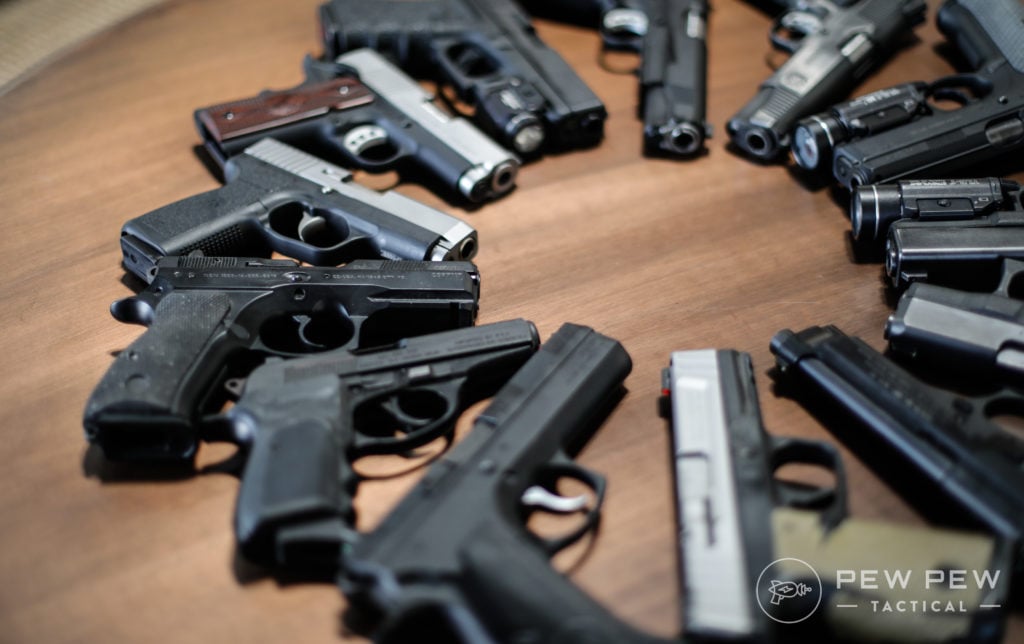
What do you think was the most significant Supreme Court ruling in recent years? Let us know in the comments below. Interested in cases currently winding through the courts? Check out our guide — From the Bench: Gun Court Rulings.

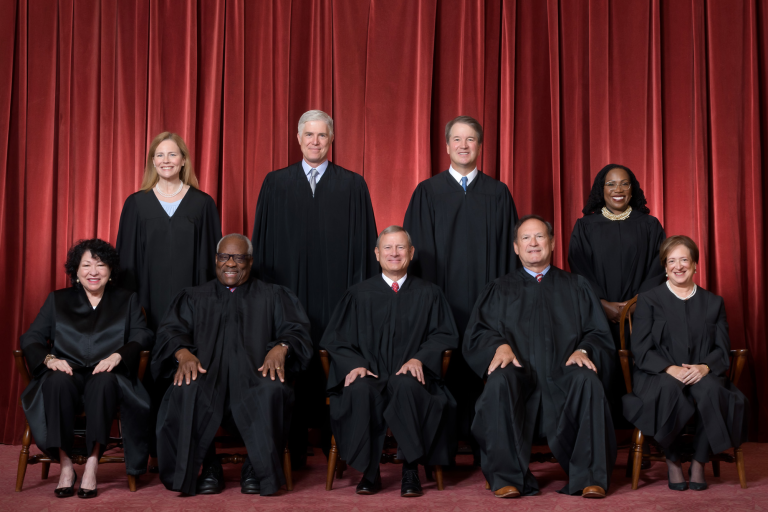
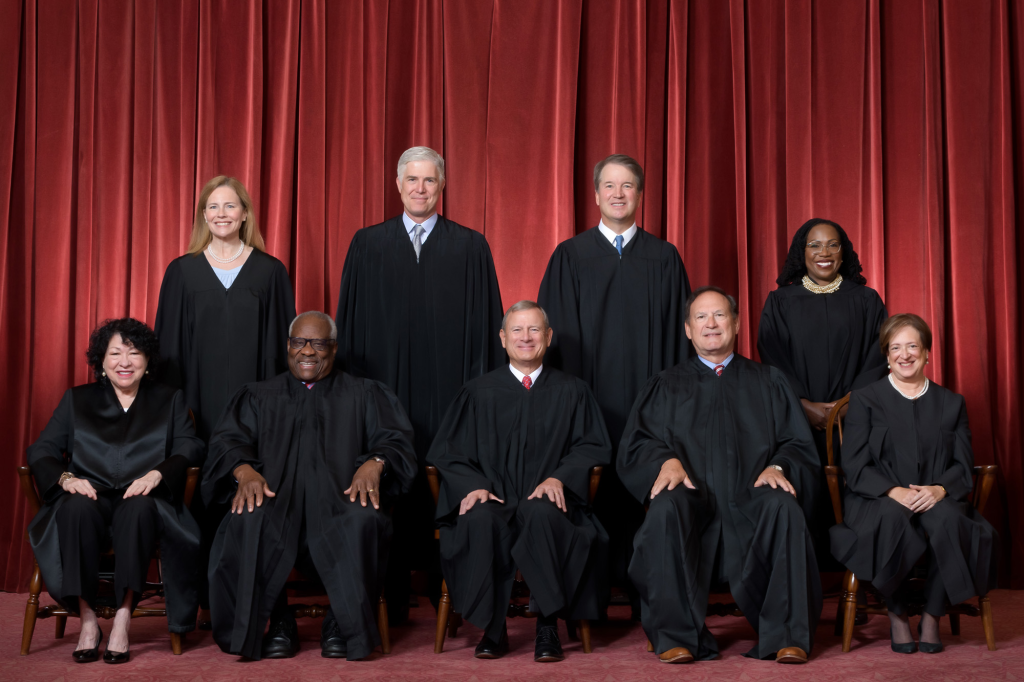
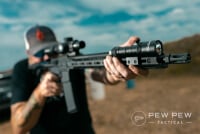



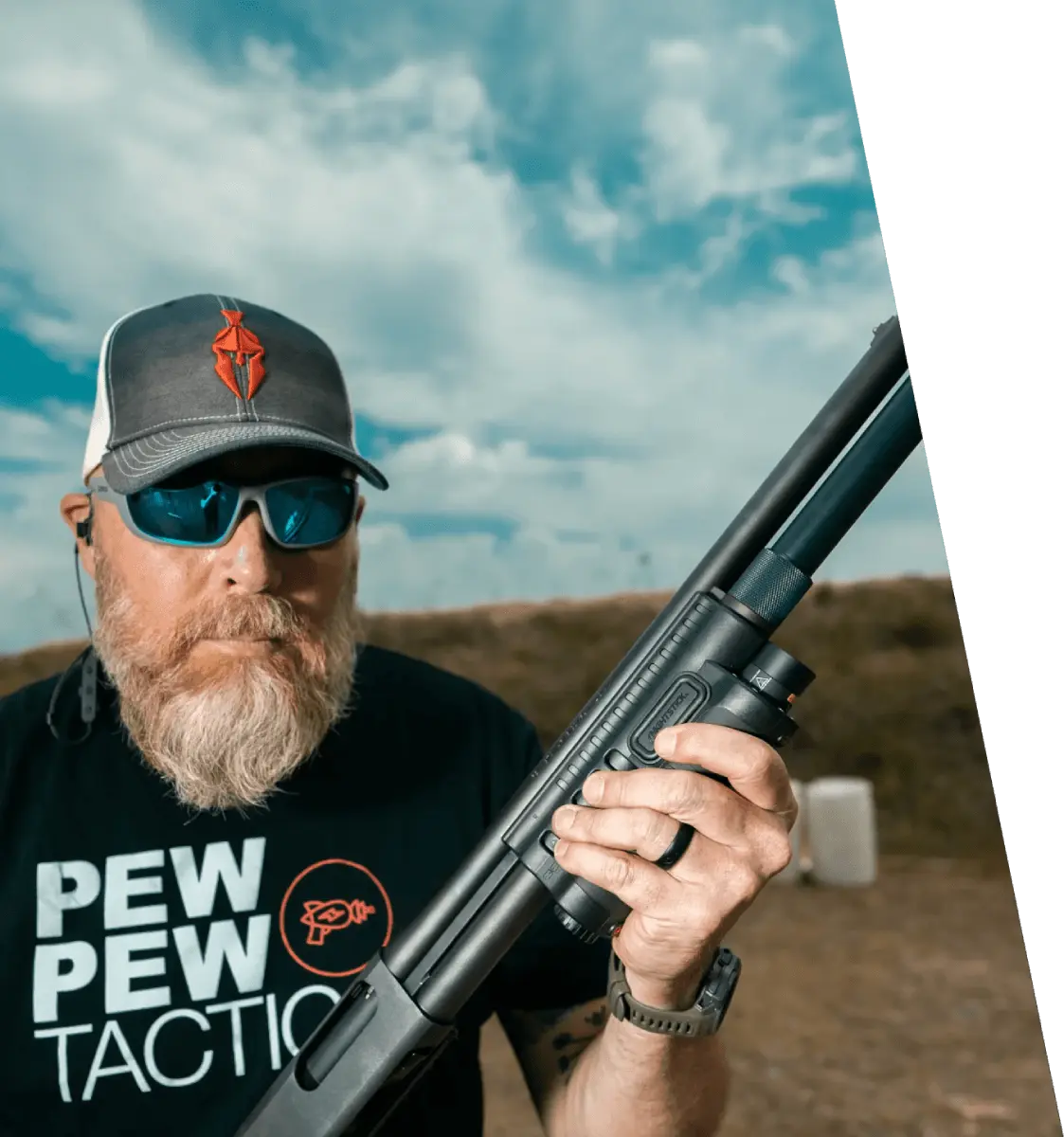

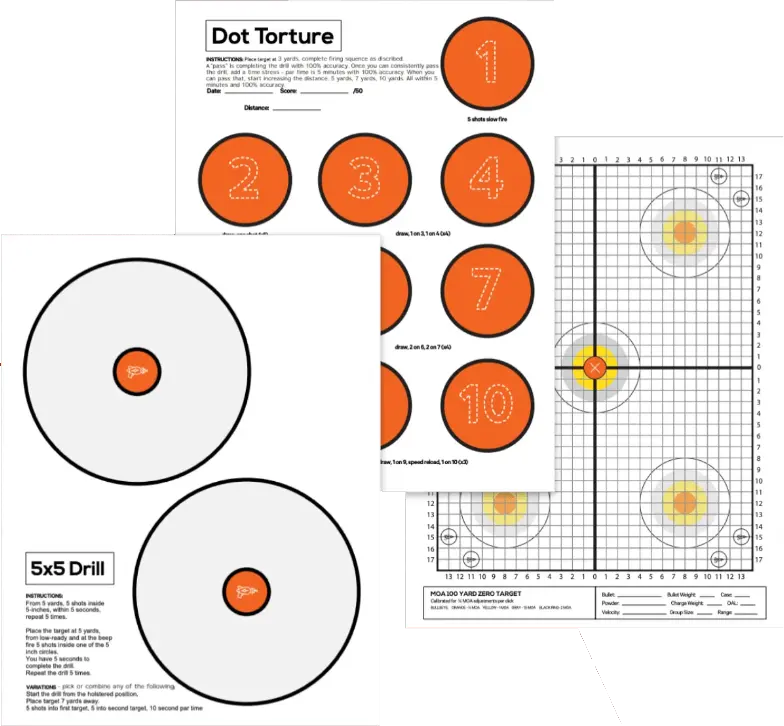
Leave a Reply